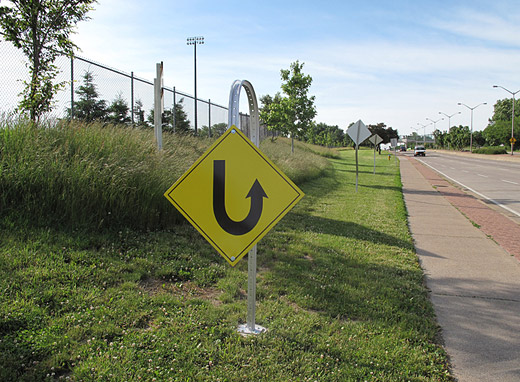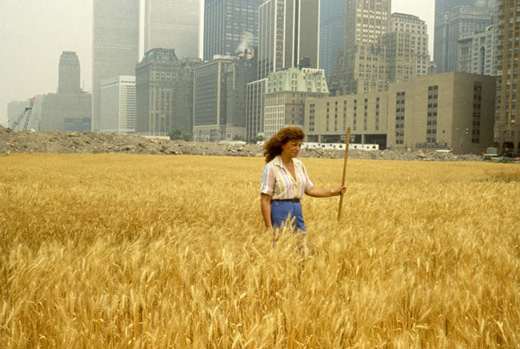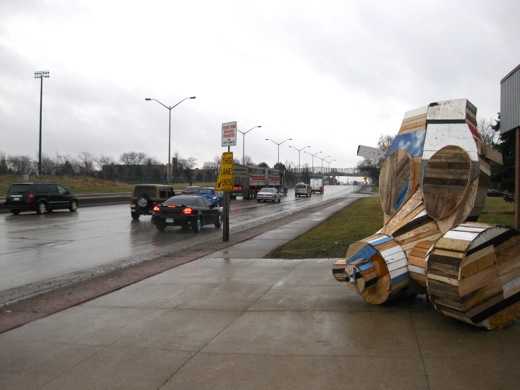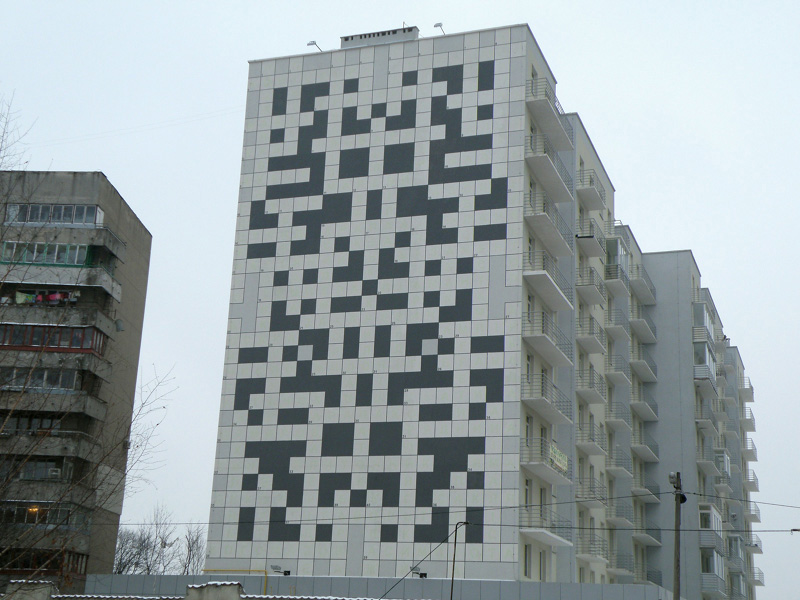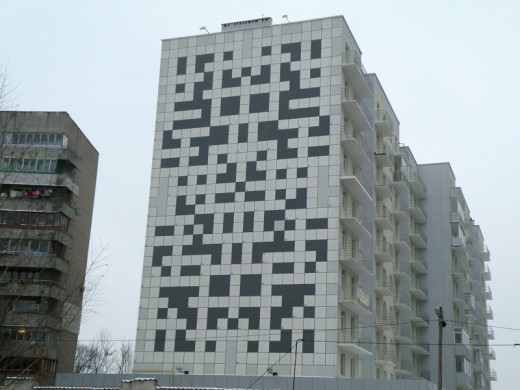
Danielle and I have been in St.Catharines at Brock University working with an Ecopsychology class on a public art project (details to follow in coming week(s). We’re only here for a few days to help get the class started, but it’s been incredibly fun working with a bunch of strangers. We’ve explored the campus and the downtown and what I offer you here is a brief report on our findings.
Above is one of many, many banners on streetlight poles, highlighting a number of community members. It would seem that some iteration of this in Windsor would be a no-brainer—and I know it’s been brought up before in conversations, but new banners and some input on the Christmas-themed light sculptures that adorn our streetlight poles in the winter would be a welcomed change.

The downtown itself is a funny mix—it feels on the verge of being vibrant, but during the summer most places close early or don’t open at all. This is truly a university town, where the students seem to almost entirely drive the economy. There’s a rather large number of vacant storefronts, but there’s a decent mix of shopping and restaurants and bars, with apartments above all of them, to make it seem kind of livable. This community board above in particular caught my eye, again likely a sign of a dead place without students, though remnants of a drunken night are on the other side where a downtown map is under shattered glass.

This is public art in St.Catharines, or rather, what public art from the 1980s looks like on the campus of Brock University. The campus itself is sprawling and hugs the Bruce Trail, which winds itself around the escarpment and a wondrous forest. Though much the architecture is what you’d expect for a small university campus—late 1960s/1970s modernist architecture, with confusing layouts, awful interior paints and a sort of assholish sensibility. It’s a nice enough place, the amount of green space really helps you feel a bit better in general, but I suppose we’re also missing a key ingredient in understanding how the place works on a regular basis, that is, a student body. It was encouraging to find out though that not only does Brock have an 8-month bus pass built into its tuition, but that students think it’s the best $150 they could possibly spend.

